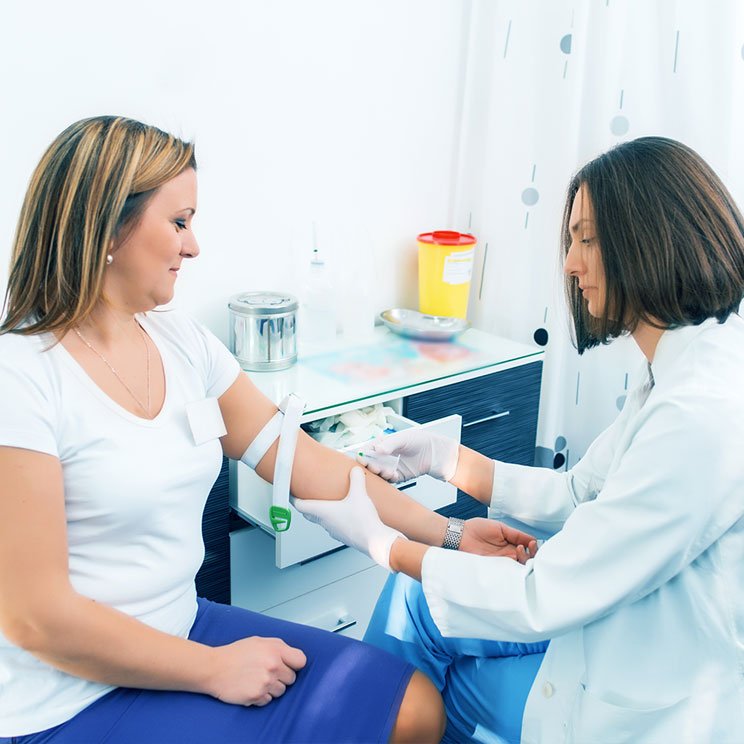**Title: Drawing Blood Phlebotomy: An Essential Guide**
**Introduction:**
Drawing blood through phlebotomy is a crucial procedure in healthcare settings, helping diagnose and monitor various medical conditions. A skilled phlebotomist plays a vital role in ensuring accurate blood collection while prioritizing patient comfort and safety. In this comprehensive guide, we will delve into the essential aspects of drawing blood through phlebotomy, including techniques, equipment, best practices, and more.
**Benefits of Drawing Blood Phlebotomy:**
1. **Diagnostic Information:** Blood samples collected through phlebotomy provide valuable information about a patient’s overall health, aiding in the diagnosis of various medical conditions.
2. **Monitoring Treatment:** Phlebotomy allows healthcare providers to monitor the effectiveness of treatments and medication by analyzing changes in blood parameters over time.
3. **Early Detection:** Regular blood testing through phlebotomy can help detect potential health issues at an early stage, enabling prompt intervention and treatment.
4. **Research Purposes:** Blood samples obtained through phlebotomy are essential for conducting research studies and clinical trials in the healthcare field.
**Techniques for Drawing Blood:**
1. **Patient Preparation:** Explain the phlebotomy procedure to the patient, ensuring they are comfortable and informed before starting. Position the patient in a relaxed state, preferably in a seated position.
2. **Vein Selection:** Identify suitable veins for blood collection, typically in the inner elbow area. Palpate the vein to assess size and position for successful venipuncture.
3. **Equipment Preparation:** Gather necessary phlebotomy supplies, including a tourniquet, alcohol swabs, needles, blood collection tubes, and bandages, ensuring everything is sterile and ready for use.
4. **Venipuncture Technique:** Clean the selected site with an alcohol swab and apply a tourniquet to enhance vein visibility. Perform the venipuncture using a needle attached to a vacuum tube, allowing blood to flow into the collection tubes.
5. **Labeling and Transport:** Label blood collection tubes accurately with patient details, time, and date of collection. Transport the samples to the laboratory promptly for analysis.
**Best Practices for Phlebotomy:**
1. **Maintain Sterility:** Follow strict sterile techniques throughout the phlebotomy procedure to prevent infection and ensure accurate results.
2. **Patient Comfort:** Prioritize patient comfort and safety by using appropriate techniques to minimize pain and discomfort during blood collection.
3. **Communication:** Communicate clearly with patients, explaining each step of the phlebotomy process to alleviate anxiety and build trust.
4. **Documentation:** Keep detailed records of blood collection procedures, including patient information, sample collection times, and handling instructions.
5. **Continuing Education:** Stay updated on the latest phlebotomy techniques and guidelines through ongoing education and training to enhance skills and knowledge.
**Case Study:**
In a recent study conducted at a healthcare facility, the implementation of standardized phlebotomy procedures led to a significant decrease in blood sample contamination rates and improved overall patient satisfaction. By focusing on proper technique, communication, and infection control measures, the phlebotomy team achieved exceptional results and enhanced patient care quality.
**Conclusion:**
Drawing blood through phlebotomy is a critical aspect of healthcare practice, requiring precision, skill, and empathy to ensure successful blood collection and analysis. By following best practices, prioritizing patient comfort, and staying updated on industry guidelines, phlebotomists can contribute significantly to accurate diagnosis, treatment monitoring, and research advancements in the medical field. Embrace the art of phlebotomy with dedication and care, knowing that each blood sample drawn makes a difference in patient health and well-being.
